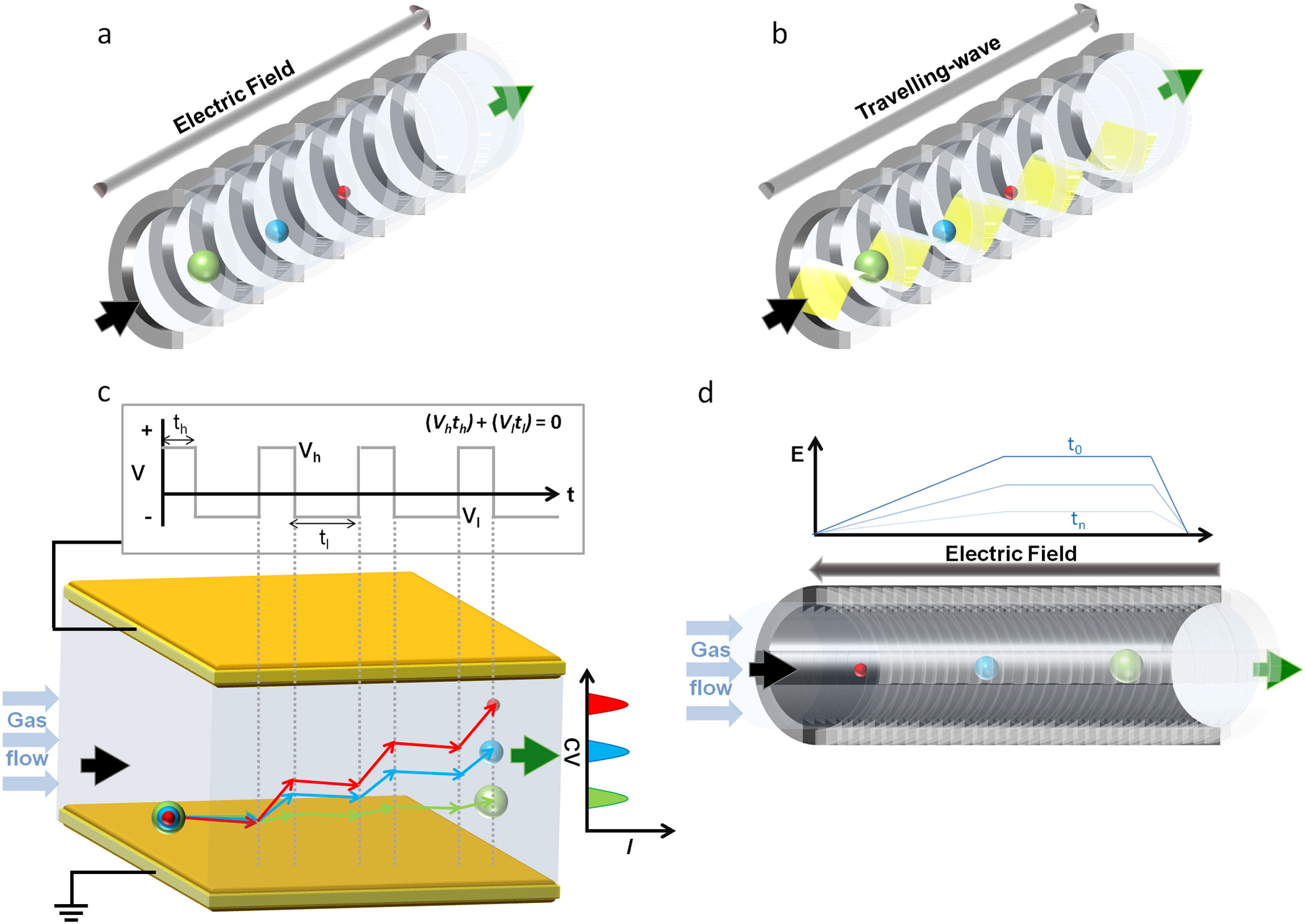Background : Diverse varieties of often heterogeneous glycans are ubiquitous in nature. They play critical roles in recognition events, act as energy stores and provide structural stability at both molecular and cellular levels. Technologies capable of fully elucidating the structures of glycans are far behind the other ‘-omic’ fields. Liquid chromatography (LC) and mass spectrometry (MS) are currently the most useful techniques for high-throughput analysis of glycans. However, these techniques do not provide full unambiguous structural information and instead the gap in full sequence assignment is frequently filled by a priori knowledge of the biosynthetic pathways and the assumption that these pathways are highly conserved.
Scope of the review : This comprehensive review details the rise of the emerging analytical technique ion mobility spectrometry (IMS) (coupled to MS) to facilitate the determination of three-dimensional shape: the separation and characterization of isobaric glycans, glyco(peptides/proteins), glycolipids, glycosaminoglycans and other polysaccharides; localization of sites of glycosylation; or interpretation of the conformational change to proteins upon glycan binding.
Major conclusions : IMS is a highly promising new analytical route, able to provide rapid isomeric separation (ms timescale) of either precursor or product ions facilitating MS characterization. This additional separation also enables the deconvolution of carbohydrate MS(/MS) information from contaminating ions, improving sensitivity and reducing chemical noise. Derivation of collision cross sections (CCS) from IM-MS(/MS) data and subsequent calculations validate putative structures of carbohydrates from ab initio derived candidates. IM-MS has demonstrated that amounts of specific glycan isomers vary between disease states, which would be challenging to detect using standard analytical approaches.
General significance : IM-MS is a promising technique that fills an important gap within the Glycomics toolbox, namely identifying and differentiating the three-dimensional structure of chemically similar carbohydrates and glycoconjugates. This article is part of a Special Issue entitled “Glycans in personalised medicine” Guest Editor: Professor Gordan Lauc.

C.J. Gray , B. Thomas , R. Upton , L.G. Migas , C.E. Eyers , P.E. Barran , S.L. Flitsch
http://dx.doi.org/10.1016/j.bbagen.2016.02.003
